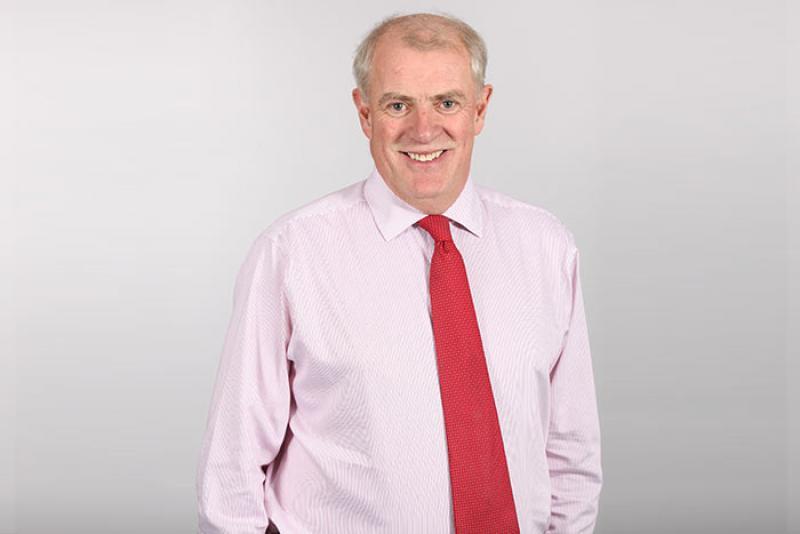
Premier Oil’s boss said yesterday that the company had lots to get on with in the North Sea without feeling the need to “chase acquisitions”.
Chief executive Tony Durrant said all North Sea assets were potentially of interest, but that the company would not pay over the odds.
Mr Durrant confirmed that Premier Oil had been “interested” US major Chevron’s UK business.
However, Premier felt no “corporate necessity” to make an acquisition, Mr Durrant said after revealing a return to the black for the company in the first half of 2019.
Chevron accepted a bid from Ithaca Energy, owned by Israel-headquartered Delek Group, in May.
There has been speculation that US players Apache and ExxonMobil could be looking to sell their UK North Sea portfolios.
Mr Durrant said those businesses could be “quite chunky in terms of size”, but that much depends on whether sellers are willing to split their portfolios, or insist on finding a single buyer.
He also said the North Sea mergers and acquisitions market was “quite quiet” and that “not many” sales processes were “alive and dangerous” today.
Mr Durrant said Premier was busy investing in development and exploration opportunities within its existing business.
Work on the 500 billion cubic feet (bcf) Tolmount gas field in the southern North Sea is on schedule and, to date, below budget.
The platform is expected to depart Rosetti Marino’s yard in Italy in the second quarter of 2020, with first gas to follow later that year.
An appraisal well targeting up to 300 bcf of gas is currently being drilled on an eastern extension of the field – with results expected in October.
Premier operates and owns 50% of the Tolmount licence, with Dana Petroleum the other partner.
London-listed Premier also expects to get “imminent” approval for developing two satellite fields in its 50%-owned Greater Catcher Area.
Development drilling on Catcher North and Laverda would start in the middle of next year, with production following early 2021.
Premier hopes those fields will keep the Catcher floating production, storage and offloading (FPSO) vessel at full capacity for longer.
Catcher was instrumental in helping the group deliver record first-half production of 84,100 barrels per day (bpd), which helped lift revenues by 40% to £718m.
The Catcher FPSO maintained high plateau rates of 70,000 bpd, gross, and operated at 99% efficiency.
Premier said Catcher will have paid for itself by the end of 2019, just two years after coming online.
“That’s very good for an asset we’d expect to run for 15 years,” Mr Durrant said.
The initial investment in Catcher was around £1.3 billion, with Premier paying half.
Mr Durrant said Premier had a lot of experience with FPSO projects and that Catcher was right in the middle of the company’s “fairway”.
Premier’s first-half, pre-tax profits totalled £99m, a vast improvement on a deficit of £20m in the first six months of 2018, as the company cut its net debts to £1.77bn, from £1.92bn at the end of last year.
Premier, which completed a sweeping refinancing process in 2017, expects to finish in the upper half of its full-year net debt reduction guidance of £205-290m.
Premier has now launched a formal sales process for its 15%-unified interest in the Zama field in the Gulf of Mexico, which would result in a “material reduction in debt levels”.
Also in the first half, Premier set up a “climate change committee” and started reviewing all operations to identify further opportunities to reduce its emissions.
Mr Durrant said Premier would not pay “lip-service” to environmental, social and governance (ESG) matters and was taking steps to reduce its emissions.
Premier shares were up 6.73% to 77p as of 2pm yesterday.
Recommended for you

